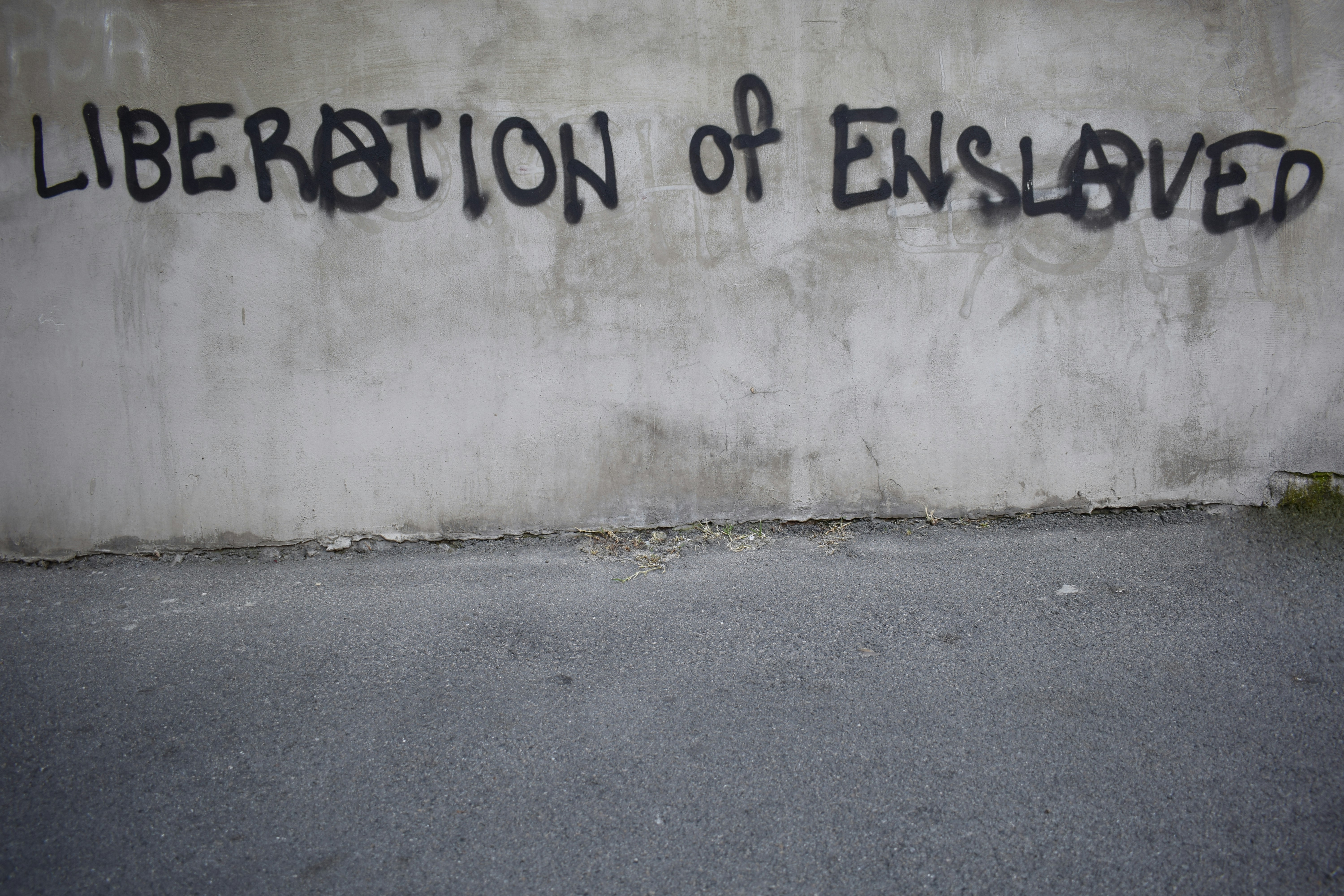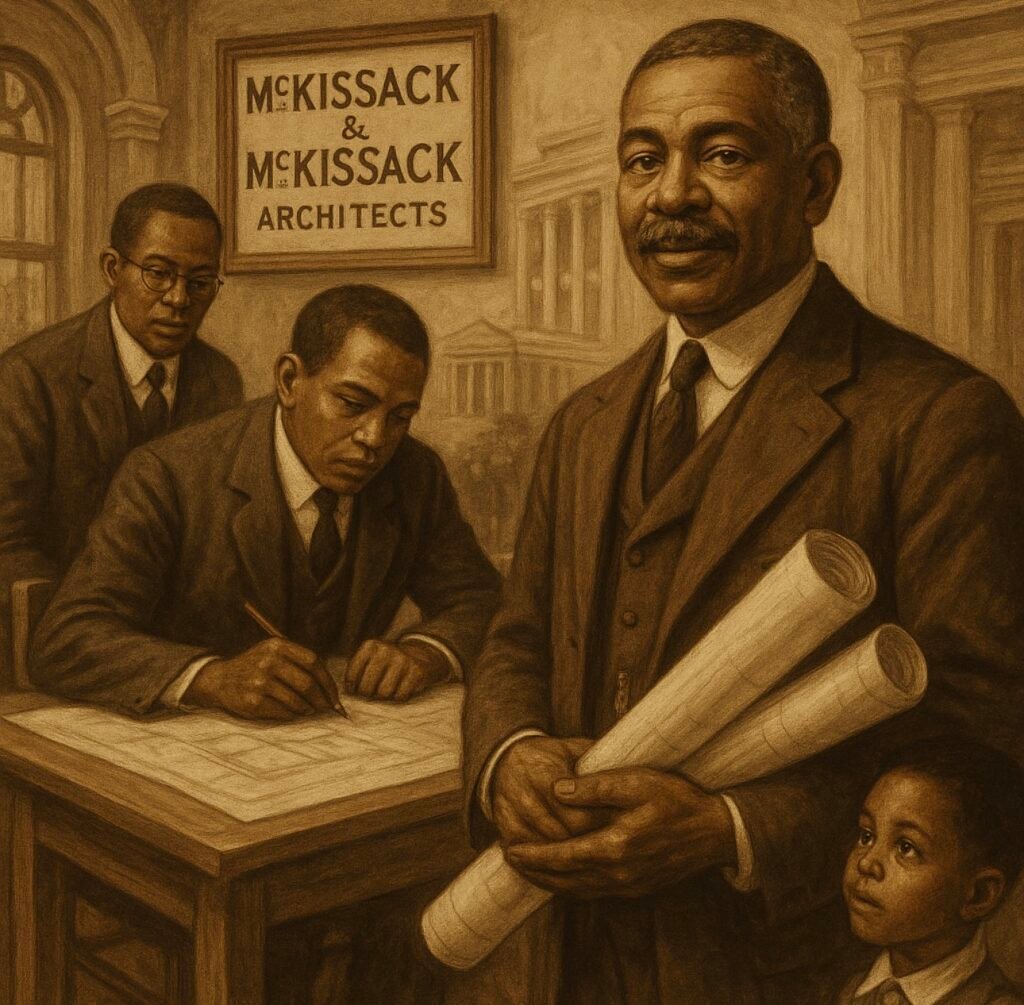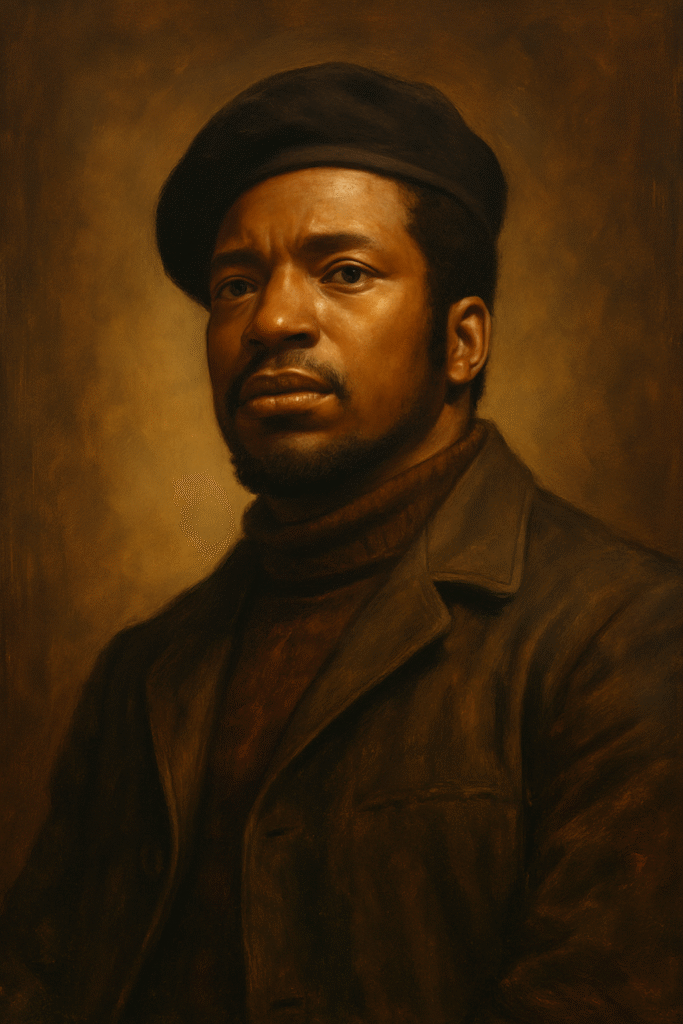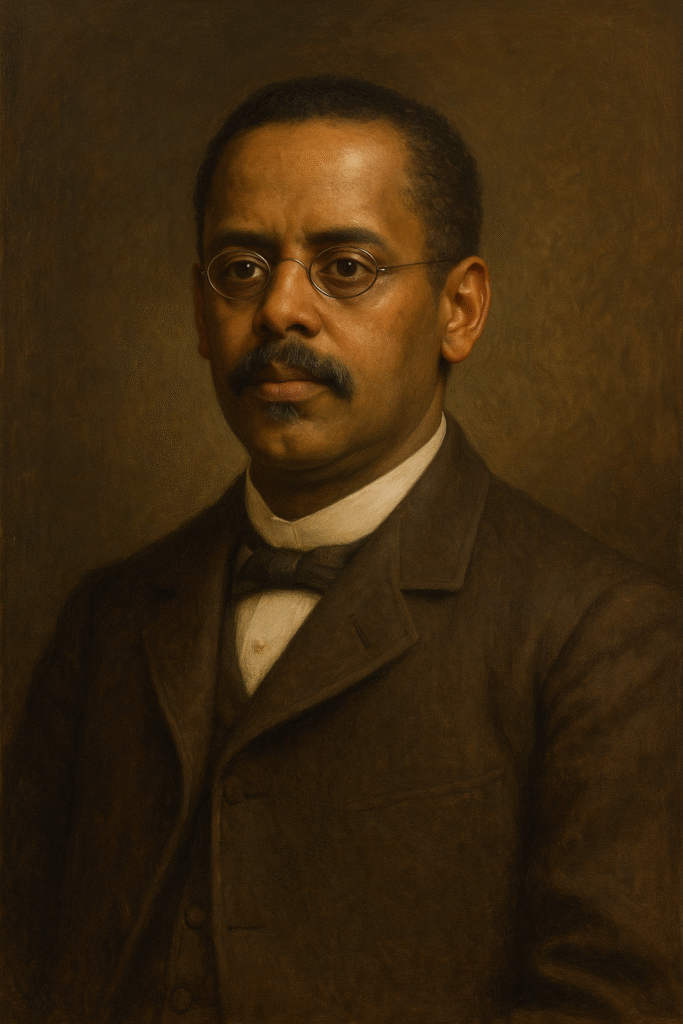Historical Context of San Miguel de Gualdape
San Miguel de Gualdape, established in the early 16th century, is recognized as one of the first Spanish settlements in Continental North America. Located in present-day South Carolina, this settlement emerged amidst the burgeoning Spanish colonial efforts following Christopher Columbus’s voyages. The Spanish aimed to expand their empire, seeking new sources of wealth and opportunities for land acquisition. The establishment of San Miguel de Gualdape aligns with these ambitions, reflecting the broader patterns of exploration, conquest, and colonization that characterized this era.
In this context, the introduction of enslaved Africans became an integral part of the colonial economy. The Spanish crown authorized the enslavement of captive individuals to support agricultural production and labor demands, primarily as a response to the labor shortages caused by the decimation of indigenous populations. Enslaved Africans were transported under harsh conditions to fulfill various roles within the settlement, participating in agriculture, construction, and other labor-intensive activities. These individuals often faced brutal treatment and oppression, factors that would contribute to tensions within the community.
Additionally, the socio-economic landscape of San Miguel de Gualdape played a critical role in shaping the dynamics of the settlement. The Spanish settlers had to navigate relationships not only with the indigenous peoples but also among themselves, as competition for resources and status became prevalent. This atmosphere of conflict was exacerbated by the harsh realities of colonial life, significantly impacting the enslaved population. It is within this complex web of interrelations—between settlers, indigenous peoples, and enslaved Africans—that the seeds of discontent were sown, culminating in the 1526 slave revolt. Understanding this historical backdrop is essential in comprehending the significance of the rebellion and its place in early American history.
The Enslaved Africans and Their Conditions
The San Miguel de Gualdape settlement, established in 1526, was one of the earliest instances of European colonization in continental North America. At its inception, this settlement became home to a relatively small yet significant population of enslaved Africans. These individuals were predominantly sourced from various regions of West and Central Africa, often forcibly taken through the transatlantic slave trade. They arrived in a foreign land, stripped of their identities, culture, and autonomy, facing the harsh realities imposed by Spanish colonial rule.
The daily life of these enslaved Africans was marked by extreme labor conditions and brutality. They were subjected to grueling work, which included agricultural tasks such as planting, harvesting, and maintaining crops, alongside various domestic duties that were critical to the settlement’s survival. The enslaved population was typically afforded little rest and scant sustenance, resulting in exhausting and perilous conditions. Many suffered from malnutrition and diseases due to the inadequate living conditions, which were exacerbated by the absolute authority and indifference of their enslavers.
Moreover, the psychological and physical abuse that the enslaved Africans endured was relentless. Spanish overseers often resorted to violent disciplinary measures to maintain control and instill fear among the enslaved population. This systemic brutality not only stripped individuals of their humanity but also galvanized their collective resolve to resist and seek liberation from their oppressive circumstances. The harsh realities of enslaved life ultimately sowed the seeds of rebellion, as the enslaved Africans grew increasingly aware of their plight and potential for resistance. The oppressive environment they faced was a critical factor that led to the first slave revolt in continental North America, as these individuals yearned for freedom and dignity amidst inhumane conditions.
The Revolt: Events and Key Figures
The slave revolt at San Miguel de Gualdape in 1526 represents a significant yet often overlooked chapter in the history of North America. The events leading up to the revolt began with the establishment of the settlement by Spanish explorers, who sought to exploit the land and its inhabitants for agricultural production, heavily relying on enslaved Africans to fulfill labor demands. Discontent brewed among the enslaved population due to harsh conditions, scarcity of resources, and the absence of freedom.
The revolt was meticulously planned over a period of time. Leading figures among the enslaved included an individual named Francisco, who emerged as a natural leader during the tense environment. Francisco’s vision for freedom resonated with others, and he played a pivotal role in orchestrating the uprising. Alongside him were other critical figures, such as a group of enslaved women and men who supported the rebellion, illustrating the collective desire for emancipation among the enslaved population.
The revolt erupted violently in late December 1526. Enraged by their subjugation, the rebels coordinated a surprise attack on the Spanish colonizers, who were unprepared for such defiance. The initial confrontation resulted in a fierce skirmish, during which several enslaved individuals were able to overpower their oppressors, leading to the liberation of some fellow captives. The boldness of the uprising shocked the Spanish settlers, prompting them to mobilize for a counter-offensive.
However, the revolt faced devastating retaliation. The Spanish colonizers, bolstered by superior weaponry and military strategies, quickly quelled the uprising. This violent response not only led to the deaths and re-enslavement of many involved but also instilled fear throughout the San Miguel de Gualdape community. The events surrounding this revolt underline the profound struggle for autonomy faced by enslaved individuals in the early years of colonial America.
Consequences of the Revolt and Legacy
The 1526 revolt at San Miguel de Gualdape marked a significant turning point in the narrative of Spanish colonization in North America. Following the uprising, the settlement experienced a rapid decline, ultimately leading to its abandonment. The initial hopes of the Spanish settlers were extinguished as the consequences of this revolt revealed the fragility of European dominance in the New World. The inability of the colonizers to maintain control over a population that actively resisted their rule underscored the vulnerabilities inherent in the colonial system. This event not only highlighted the immediate logistical challenges faced by the Spanish but also foreshadowed the enduring complexities of slave relations across the continent.
Further emphasizing the implications of the 1526 rebellion is its broader significance in shaping future interactions between Europeans and enslaved Africans on the continent. The San Miguel de Gualdape revolt instilled a sense of possibility within enslaved populations throughout North America, contributing to the legacy of resistance against oppression. Over the ensuing decades, this spirit of rebellion catalyzed a series of uprisings, creating a historical thread that connected the 1526 revolt to more widely recognized revolts such as the Stono Rebellion and Nat Turner’s Insurrection. The cultural memory of this early resistance may remain less visible in mainstream narratives but continues to resonate within African American communities today, as it exemplifies the long-standing struggle for freedom and justice.
In this light, the legacy of the San Miguel de Gualdape revolt must be contextualized within the larger narrative of American history. It symbolizes the ongoing fight against subjugation, offering insights into the patterns of resistance that would characterize much of the African American experience. The violence that erupted in 1526 serves as a testament to the human desire for liberty and the inherent clash between tyrannical systems and the yearning for autonomy, a theme that continues to permeate American society.











